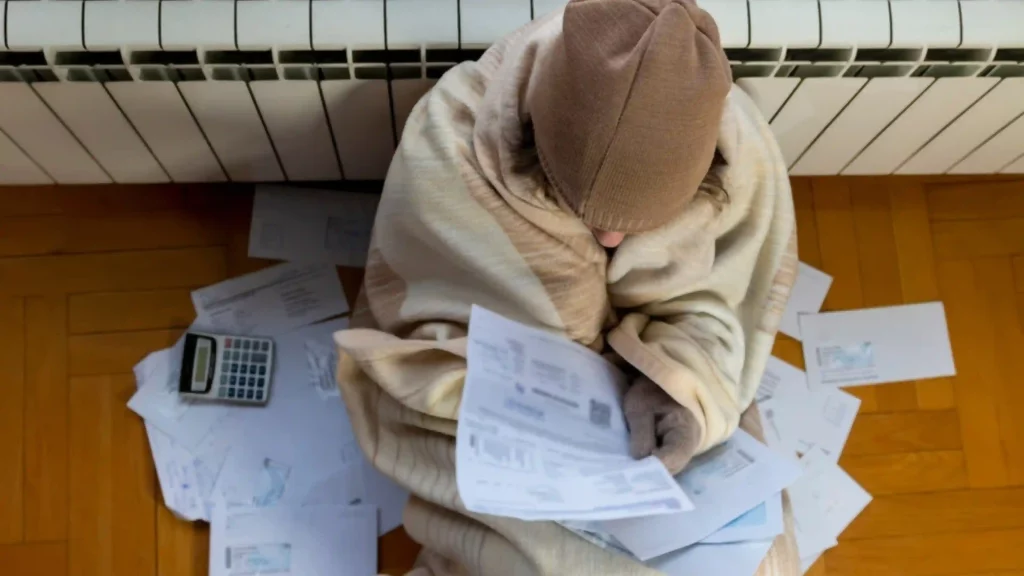Zombie Mortgages are those mortgage debts that people thought were satisfied or forgiven long ago but that still exist
Mortgage debts are no joke and can make housing affordability only a dream to many. The debts may have been written off by the creditor and sold for pennies on the dollars to debt collectors. Sometimes the mortgage companies simply don’t reach out anymore and stop sending statements or communicating all at once. Years later these creditors reach out and try to collect the debt. The fact that these debts were considered ‘dead’ or long gone and reappear after some time unexpectedly, they are called ‘zombie second mortgages’. Zombie Mortgages are those mortgage debts that people thought were satisfied or forgiven long ago but that still exist.
Mortgage lenders sometimes sold borrowers two mortgages for the same property instead of one before the Great Recession in 2008. As the Great Recession happened and the economy struggled, the ability of people to pay mortgages back shrank. Many borrowers were declared bankrupt or their loans were written off. Many financiers ceased to exist while some wrote off their second mortgages, and some sold off their loans. Some of them no longer received any mortgage statements on their second mortgages. Many haven’t even heard of anything about their second mortgages in about 10 years.
Now debt collectors are after the borrowers on these smaller second mortgages. The debt collectors who bought the second mortgages are threatening the collection actions including foreclosure as the property value rises. The debt collectors are now planning to collect years worth of interest and late fees.
The struggling Big Four
Let us take a look at Australia now. Nearly $270 billion of Australian home loans are under the pressure of being classified as severely stressed in the next year as borrowers behind the zombie mortgages struggle to keep up with the repayments. The pandemic mortgage boom might pressurize the major banks, warns analysts. The loans written when the interest rates were low becomes expensive to service as the cost-of-living increases and the employment outlook diminishes.
This also happens after 12 cash rate increases from the Reserve Bank over the past 13 months and it added about $20,0000 to annual payments on a loan amount of $750,000. RBA deputy governor Michele Bullock warned that the unemployment rate is expected to reach 4.5 percent in the next 18 months to bring the inflation under control. Barrenjoey banking analyst Jon Mott stated that Australia had a chance of hitting a technical recession, which is two straight quarters of economic contraction. The unemployment rate could reach as high as 5 percent creating an increase in zombie mortgages. New Zealand‘s economy also plunged into recession this month.
An analysis by Barrenjoy found that the four big banks wrote $267 billion in home loans over a period of 2020 to 2022 to borrowers who took a loan more than six times their income. A debt-to-income ratio of more than six times is considered risky by the regulators. Experts say that lenders may be able to adjust the fallout since many borrowers may have to cut their spending in restaurants and travel in order to repay the mortgage debt amount.
Surveys released by UBS also find that mortgage borrowers were only more focused on interest-only payments so that they could reduce their repayments. It was found that very less borrowers were still ahead of their payments as the pandemic ate up their savings.
Bank heads are concerned about the more recurrent rate hikes warding off new customers, especially the ones who borrowed to the very limit in order to get into the housing market.
Inflation Pressures
RBA might increase the rates even further in a desperate attempt to control inflation. The rate hikes could increase household indebtedness in Australia by international standards. Shayne Elliot, ANZ chief mentioned that the challenges in the housing market are aggravated by the higher interest rate, especially with higher levels of debt. During the first half of 2022, nearly 28 percent of all mortgages were written at a level above six times debt-to-income. This was before APRA forced the banks to reduce this last year.
The economy could have a hard fall with the unemployment rate increasing to 6 percent and if the rates continue to stay like that for longer, the credit impairments could increase to $12.8 billion.
